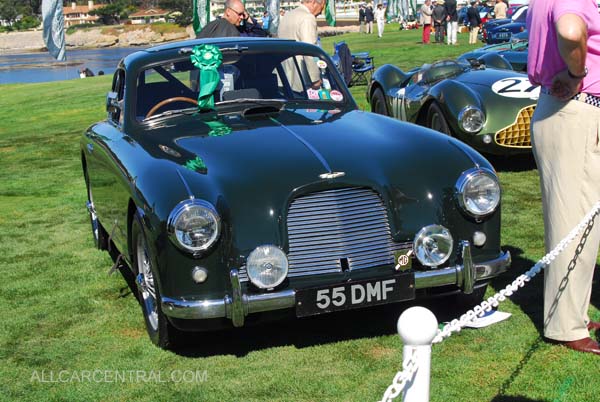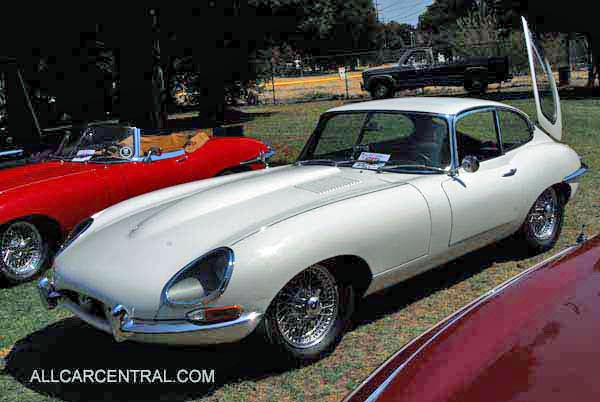and the car forgery market it has spawned.

We all know that there are fake pictures, fake antiques, fake diamonds etc., but how about fake cars! AI use the term fake in respect to cars that are worth a lot of money, not legal replicas that we have all seen at local car events. The point being that we know they are not the real thing
because they are labeled as such even when some look almost authentic.
The term almost is the important statement where as fake means an item that is designed to look real and is presented as such usually for money, lots of money! However, where there is money, there are also fakes. and today It is almost possible to replicate everything. A senior officer of a Zurich Insurance company spent five years proving that his 1952 Jaguar C Type convertible was genuine after another version of the car turned up with the same identification tag on the international sales market. This is not a rare event, it is estimated (On Average) that as many as three to five cars per year that are offered in the top end of the international auction business are fakes.
The classic car market is booming as people look for long term investments that can show a decent return, which is certainly not the case with the banks these days. In the past ten years international sales have increased seven fold.

An example of this is a 1955 Aston Martin DB2/4 that changed hands in 2011 for over $350,000 Just a few years earlier, 2003, the same car sold at auction for $90,000.The same auction house sold a 1964 Porsche 904 GTS Racing Coupe for $1.45 million. An Aston Martin DB4GT closed the purchase deal at a cool $2.1 million. Just few weeks later a 1956 Jaguar D Type changed hands for $3.2 million.
With this level of financial activity it is obvious that the car forgers, for that's just what they are, will find this market more than attractive. Never think that these people are back yard operators working away in some tin shed behind a Service Station...THEY ARTE NOT...They are international criminals working in modern conditions with all the necessary high tech equipment required to reproduce an expensive classic vehicle.
Every detail is considered including finding the correct paint for the year or the correct leather for the seats purposely worn to represent years of wear. Every nut and bolt is subjected to the same requirement and must be authentic. Such things can be found in various places including the second hand parts markets especially the successful ones with over a 500 venders that can be found in Europe. The famous Beaulie Auto Show and Auto market in Britain attracts in excess of a 1000 such venders selling just about anything that relates to old and not so old vehicles.
I think most of us know the Marque M.G. the British Sports Car of both the pre and postwar period. One famous M.G. was the prewar K.3. Race Car. Records show that thirty three of these cars were produced by special order in 1933/34. Today should you feel a desire to own one of these truly classic cars you can chose from at least a hundred perhaps more. Yes they are obviously fakes but I am told by the experts that they are not that easy to recognize even if you are a professional. Forgers can take a vintage vehicle of general interest and change it into a rare and desired example as illustrated by the sale of a very rare Porsche 911 RS. On examination it was found to be a standard vintage 911. Still a desirable car but worth far less than the R.S. high performance vehicle. When you read that a genuine desirable classic car was sold at auction for just over $30 million in 2013... (To date a world record) it is not difficult to see that forged classics are a paying business and well organized.
We have all seen excellent replicas of various models some almost as good as the original, others little more that a plastic kit that looks what it is!
The famous AC Cobra saw the light of day in 1962 and production ceased in 1968 with a total of 1,137 cars leaving the factory during that period. Since that date at least twice that number have been produced from various locations some being honestly called Cobra replica's while other seem to have forgotten that important factor.
A truly professional forger can collect various bits of a desirable car from many locations and turn them into a classic vehicle. Obviously he can only do this with expensive modern cars as it somewhat difficult to find various items for a 1910 Brass Beauty but take something like the desirable E Type Jaguar that can sell for over six figures and it's worth the effort.

Such activity is not in the multimillion dollar range previously mentioned but can represent a steady income if you know what you are doing. Any tour of an Auto Scrap Yard (They have more fancy names these days like Recycle Center) can reveal all sorts of potential vehicles for rebirth.
An auction professional told me that the main problem with finding and prosecuting these forgers is that many purchasers who have been swindled are reluctant to take any action or give many details...In short no one wants to look like a fool even if they were one!
Geoff Wheatley
(There are several levels of consideration around what could be called 'honest' restorations that create duplicate cars with the same chassis numbers.
Given the value of 'original' cars, a presumably honest restorer may try to recreate specific car using a major 'original' serial or chassis numbered component, ie. an engine, transmission or cross member that has the original cars serial or chassis number. The most valuable cars currently are race cars with rich past racing history. The problem with race cars is, they were tools that people used to win races, and as such they were modified, crashed and rebuilt, and updated to meet new race rules or to move into a more competitive class. And maybe all the above.
If an automotive restorer has an engine with a serial number and frame of a model, which is constant in time and design with the original car in which the numbered engine ran in; it is conceivable that, that restorer would recreate a car based on the specifications of the car of the numbered engine. If that were done, it is also conceivable that the recreated car would be considered to be that 'car' - "Restored", rather than a purposely-built fake. Take the same arrangement and using a numbered chassis and installing a 'period-correct' engine and the some ending is arrived at.
Fortunately within the classic non-racing cars, the pendulum has moved to preserving the cars as discovered or preserving history rather than maybe, restoring and therefore recreating history.
But the bottom line is "BUYER BEWARE"
Ed.)

BACK TO TOP